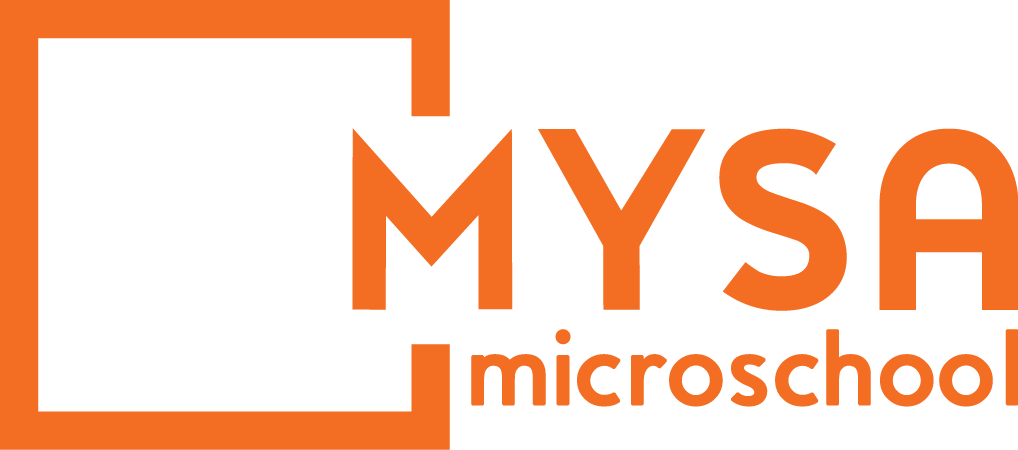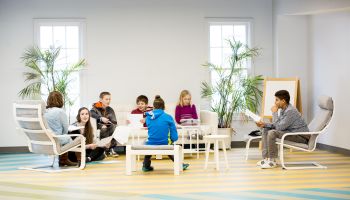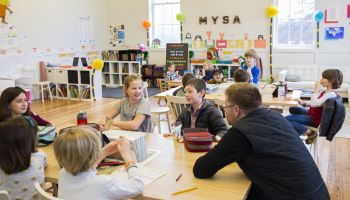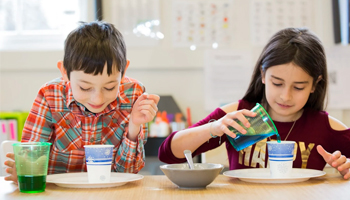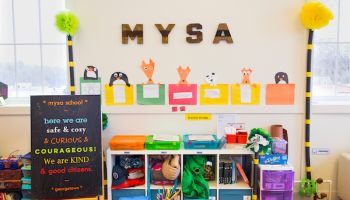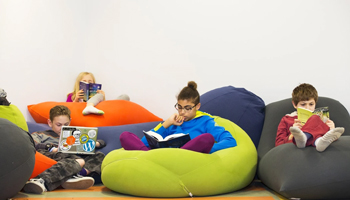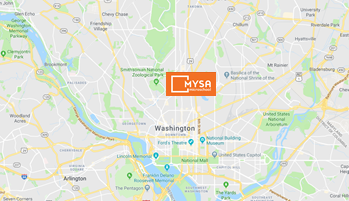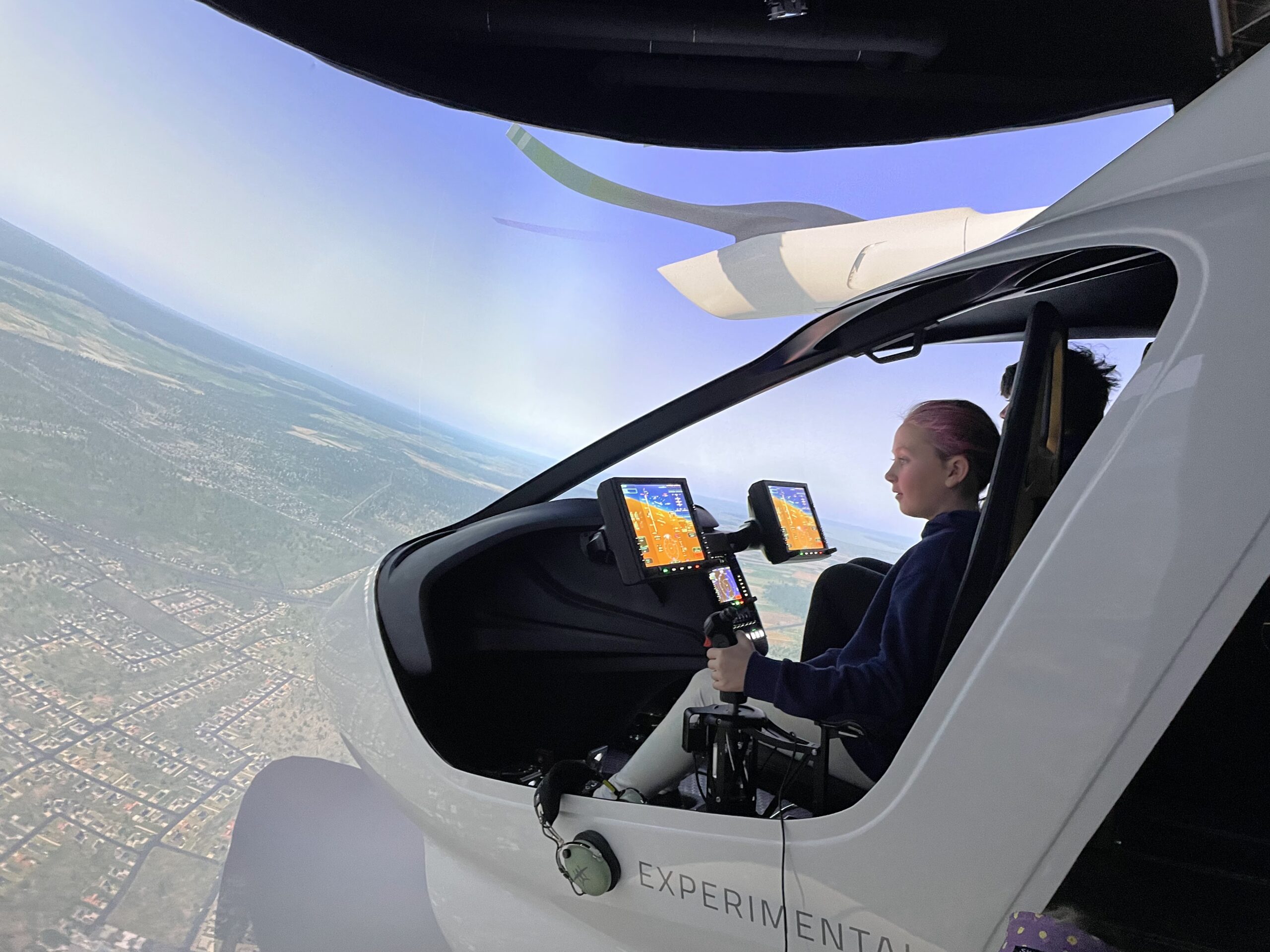
Feb 05 Design & Engineering
Mysa students in both DC and Vermont kicked off our second semester with a Connect unit on engineering and design where students studied all of the traditional subject areas, at the same time. Connect units are approximately 20% of the School curriculum and present a unique opportunity for all students to collaborate through 6-8 week long interdisciplinary studies. In these experiential lessons, students apply core, daily subjects based on curricular standards to the real world.
As a connect unit, students first began with the design process which is a systematic and iterative approach to problem-solving used by designers and engineers to create innovative and effective solutions. It typically involves the following steps:
-
-
- Define the problem: Identify the problem or need that the design is intended to solve or address. This may involve gathering information, conducting research, and analyzing data.
- Research and gather information: Conduct research to gather relevant information about the problem and its context.
- Ideate and brainstorm: Generate a wide range of possible solutions through brainstorming and other ideation techniques. This may involve exploring different approaches, considering multiple perspectives, and thinking outside the box.
- Prototype and test: Create prototypes of potential solutions and test them to see how they perform in real-world situations.
- Refine and iterate: Based on feedback from testing and other sources, refine the design to improve its effectiveness and functionality. This may involve making changes to the design, revising the prototype, or testing it again.
- Implement: Once the design has been refined and finalized, implement it and deliver it to the intended users or stakeholders. This may involve manufacturing the product, launching a service, or implementing a new process or system.
-
In our first three weeks, we tackled three design challenges– building a roof designed to shed water and hold the weight of snow, building a tower (as tall as possible) that would both hold weight and stand against wind gusts, and designing a thermos that would insulate and keep items inside icy!
Students in Vermont visited Beta Technologies in South Burlington where we met with the team who is working to design an electric aircraft that can take off and land like a helicopter while gliding like an airplane. Students were given the chance to pilot the aircraft in a flight simulator! In the coming weeks we will tackle more complicated and specific design challenges which are scaffolded for various age groups. Older students will be designing a prosthetic hand, and younger students are building rockets and cars to test out Newton’s theories.
Throughout the design process students may revisit earlier steps as they refine and improve their solutions. The process is iterative and flexible, allowing for changes and adjustments as new information or insights arise.
